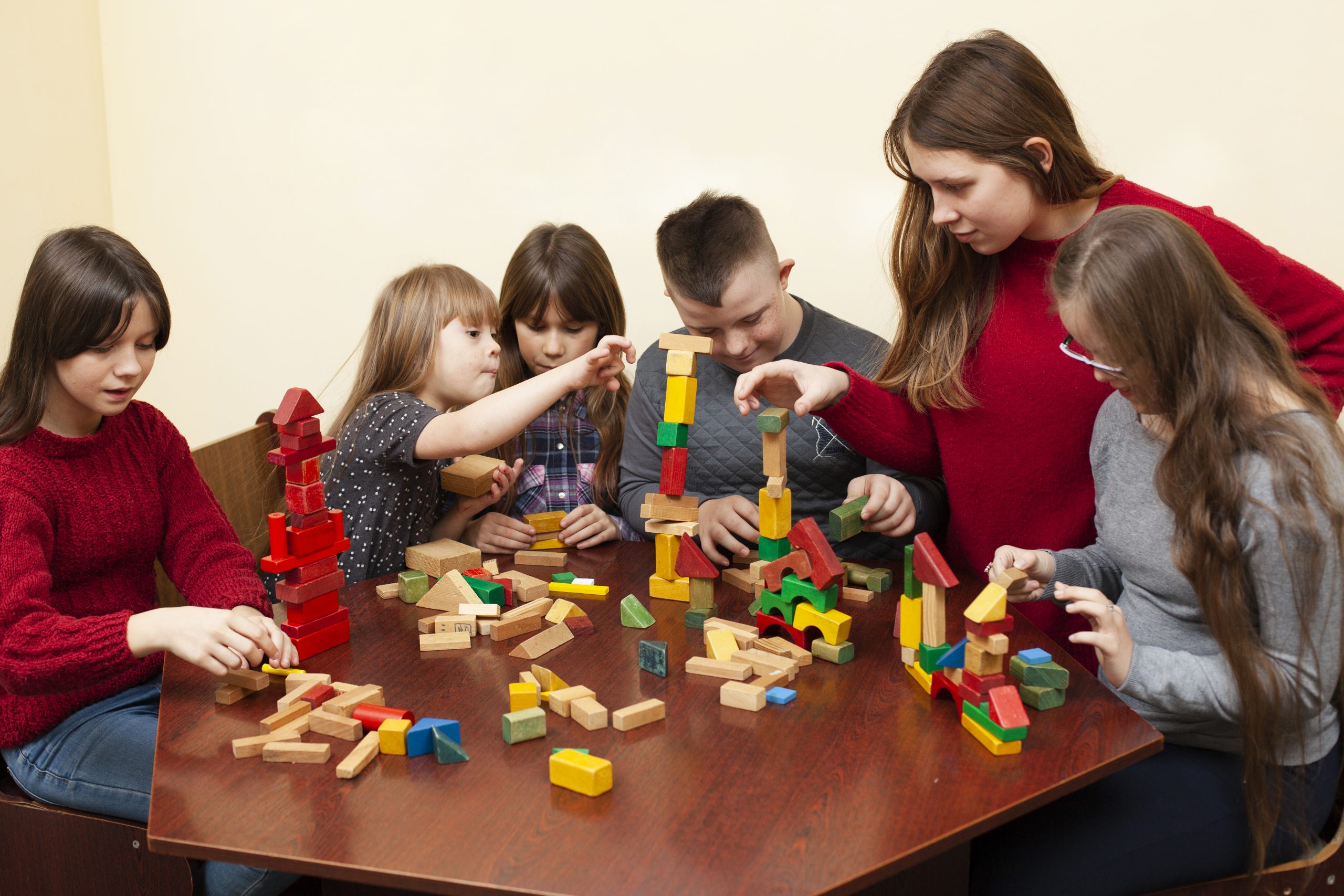Navigating the world of special education can be challenging, especially when you’re trying to find the best support for your child. If you’ve encountered terms like “Pupil Referral Units” (PRUs) or “alternative provision,” you might be wondering what these options involve and how they can benefit your child. Rest assured, exploring these avenues is not an indication that something is wrong, but rather a step towards finding the right educational environment for your child’s unique needs.
What Is a Pupil Referral Unit (PRU)?
A Pupil Referral Unit (PRU) is an alternative education setting specifically designed for students who struggle to succeed in a traditional school environment. PRUs provide a more tailored and supportive atmosphere, ensuring that students continue their education in a way that meets their individual needs.
Children might be referred to a PRU for various reasons, such as behavioural challenges, medical conditions, or specific learning difficulties. These units are equipped to handle a wide range of issues, offering students a chance to flourish where they might not in a mainstream school.
Reasons for Referral to a PRU
There are several reasons why a student might be referred to a PRU, each requiring specialised attention:
• Behavioural Challenges: Some students may exhibit disruptive behaviour that makes it hard for them to succeed in a mainstream school. PRUs offer focused support and intervention to help these students.
• Medical Conditions: Students with long-term health conditions that prevent regular attendance at a traditional school may benefit from the flexible and caring environment provided by PRUs.
• Learning Difficulties: For students with learning difficulties like dyslexia, dyspraxia, or ADHD, the individualised approach of a PRU can better address their educational needs.
• Social and Emotional Needs: PRUs also support students dealing with emotional and social challenges, such as anxiety or depression, by providing a nurturing environment tailored to their needs.
How PRUs Support a Child’s Education
The main goal of a PRU is not just to manage difficulties but to understand and address the underlying causes of a student’s challenges. PRUs aim to:
• Meet Individual Needs: Each student receives a personalised educational plan tailored to their specific challenges, whether academic, behavioural, or health-related.
• Encourage Personal Development: PRUs focus on helping students build self-esteem, confidence, and social skills alongside their academic progress.
• Reintegrate into Mainstream Schools: Where possible, PRUs work to prepare students to overcome their challenges and successfully return to a mainstream school environment.
• Prepare for Future Opportunities: For older students, PRUs provide guidance and support for transitioning into further education, training, or employment, ensuring they have the skills and qualifications needed for their future.
What Is a PRU School?
A PRU school is a government-funded institution that offers a supportive and adaptive learning environment for children who may struggle in a traditional school setting. These schools cater to students from the start of their education up to age 16, providing a curriculum designed to meet the unique needs of each pupil.
Teachers at PRU schools are highly qualified and experienced in working with students who have special educational needs (SEN). They use specialised methods and strategies to help students overcome their difficulties, ensuring they receive the support and attention necessary to succeed both academically and personally.
Alternative Provision vs. PRU
Alternative provision refers to a range of educational settings that differ from traditional schools, including PRUs, home education, online learning, and specialised schools for students with SEN. The goal of alternative provision is to meet the diverse needs of students who struggle in conventional school environments. PRUs are a specific type of alternative provision, designed particularly for students who have been excluded from mainstream schools or are at risk of exclusion due to various challenges.
Supporting Your Child in a PRU
To help your child succeed in a PRU setting, consider the following strategies:
• Stay Involved: Keep up with your child’s progress and actively participate in their education.
• Communicate Regularly: Maintain open lines of communication with teachers and support staff to ensure your child’s needs are being met.
• Create a Stable Home Environment: Provide a supportive and stable home environment that encourages learning and personal growth.
• Seek Additional Support: Consider external support, such as specialised tutors for SEN students, to complement the support provided by the PRU.
Life After a PRU
The ultimate goal of a PRU is to prepare students for successful transitions, whether back to mainstream education or onto other pathways like further education or employment. With the right support, many students can reintegrate into mainstream schools or pursue positive opportunities after their time in a PRU, setting them on a path to a brighter future.
Supporting SEN Children in PRUs
PRUs can be particularly beneficial for children with SEN, offering smaller class sizes, specialised teaching methods, and access to therapeutic services. This focused approach can help SEN students make progress in areas where they may have struggled in mainstream settings, enabling them to reach their full potential.
Parents of SEN children should also enquire about the Education, Health, and Care Plan (EHCP), a legal document that outlines the specific support a child with SEN needs. An EHCP can include provisions for funding and resources in settings like PRUs, ensuring that children receive the comprehensive support they require.
In conclusion, understanding and utilising PRUs can play a crucial role in ensuring that children who face challenges in mainstream education receive the support they need to succeed. By staying informed, involved, and proactive, parents and educators can help these students thrive in a learning environment tailored to their unique circumstances.

A Guide to Understanding Pupil Referral Units and Supporting Your Child’s Education
Navigating the world of special education can be challenging, especially when you’re trying to find the best support for your child. If you’ve encountered terms


